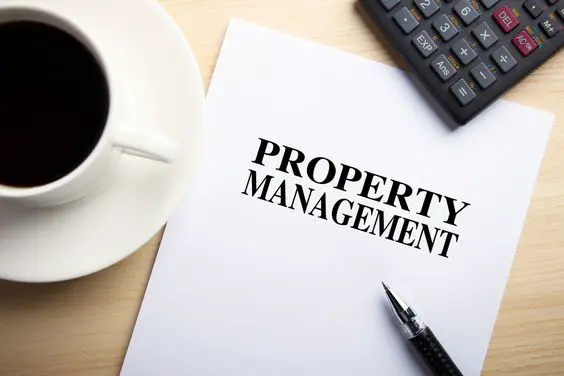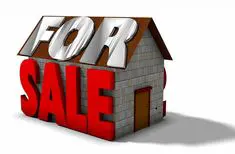
The Essential Guide to Residential Property Maintenance
- Admin
Maintaining a residential property is not just about preserving its physical structure; it's about safeguarding its value, ensuring tenant satisfaction, and promoting a safe and comfortable living environment. Residential property maintenance encompasses a wide range of tasks and responsibilities, all aimed at keeping the property in optimal condition and enhancing its appeal. In this article, we'll explore the key aspects of residential property maintenance and why it's essential for property owners and tenants alike.
1. Regular Inspections and Preventive Maintenance:
Regular inspections are the cornerstone of effective residential property maintenance. Property owners or managers should conduct thorough inspections of the property, both inside and out, to identify any issues or potential problems. By addressing maintenance issues promptly and implementing preventive maintenance measures, property owners can prevent minor issues from escalating into major repairs and prolong the lifespan of building components.
2. Exterior Maintenance and Curb Appeal:
The exterior of a residential property is the first thing that tenants and visitors notice, making it essential to maintain curb appeal. This includes tasks such as lawn care, landscaping, exterior painting, and maintaining driveways and walkways. Well-maintained exteriors not only enhance the property's appearance but also contribute to its overall value and desirability.
3. Interior Maintenance and Systems Checks:
Interior maintenance involves ensuring that all systems and components within the property are functioning properly. This includes HVAC systems, plumbing, electrical systems, appliances, and fixtures. Regular checks and servicing of these systems can help prevent breakdowns, improve energy efficiency, and ensure the safety and comfort of tenants.
4. Tenant Communication and Maintenance Requests:
Effective communication with tenants is crucial for addressing maintenance issues promptly and maintaining tenant satisfaction. Property owners or managers should provide clear channels for tenants to report maintenance issues and respond to requests in a timely manner. Regular communication with tenants also fosters a positive landlord-tenant relationship and encourages tenants to take pride in their living space.
5. Seasonal Maintenance and Weather Preparedness:
Seasonal maintenance tasks are essential for preparing the property for changing weather conditions. This may include tasks such as gutter cleaning, roof inspections, HVAC servicing, and winterizing the property. By staying ahead of seasonal maintenance tasks, property owners can prevent weather-related damage and ensure the property remains safe and comfortable year-round.
6. Safety and Compliance:
Ensuring the safety of tenants and compliance with local regulations are top priorities for residential property maintenance. This includes tasks such as installing smoke detectors, carbon monoxide detectors, and fire extinguishers, as well as ensuring compliance with building codes and safety standards. Regular inspections and maintenance help identify and address safety hazards promptly, minimizing the risk of accidents or injuries.
7. Professional Property Management Services:
Property owners who lack the time or expertise to handle maintenance tasks themselves may opt to enlist the services of a professional property management company. These companies specialize in residential property maintenance and can handle all aspects of property upkeep, from routine maintenance to emergency repairs, ensuring the property remains in optimal condition and maximizing tenant satisfaction.
In conclusion, residential property maintenance is essential for preserving property value, ensuring tenant satisfaction, and promoting a safe and comfortable living environment. By prioritizing regular inspections, preventive maintenance, effective communication with tenants, and compliance with safety regulations, property owners can safeguard their investment and enjoy long-term success in the competitive real estate market.
